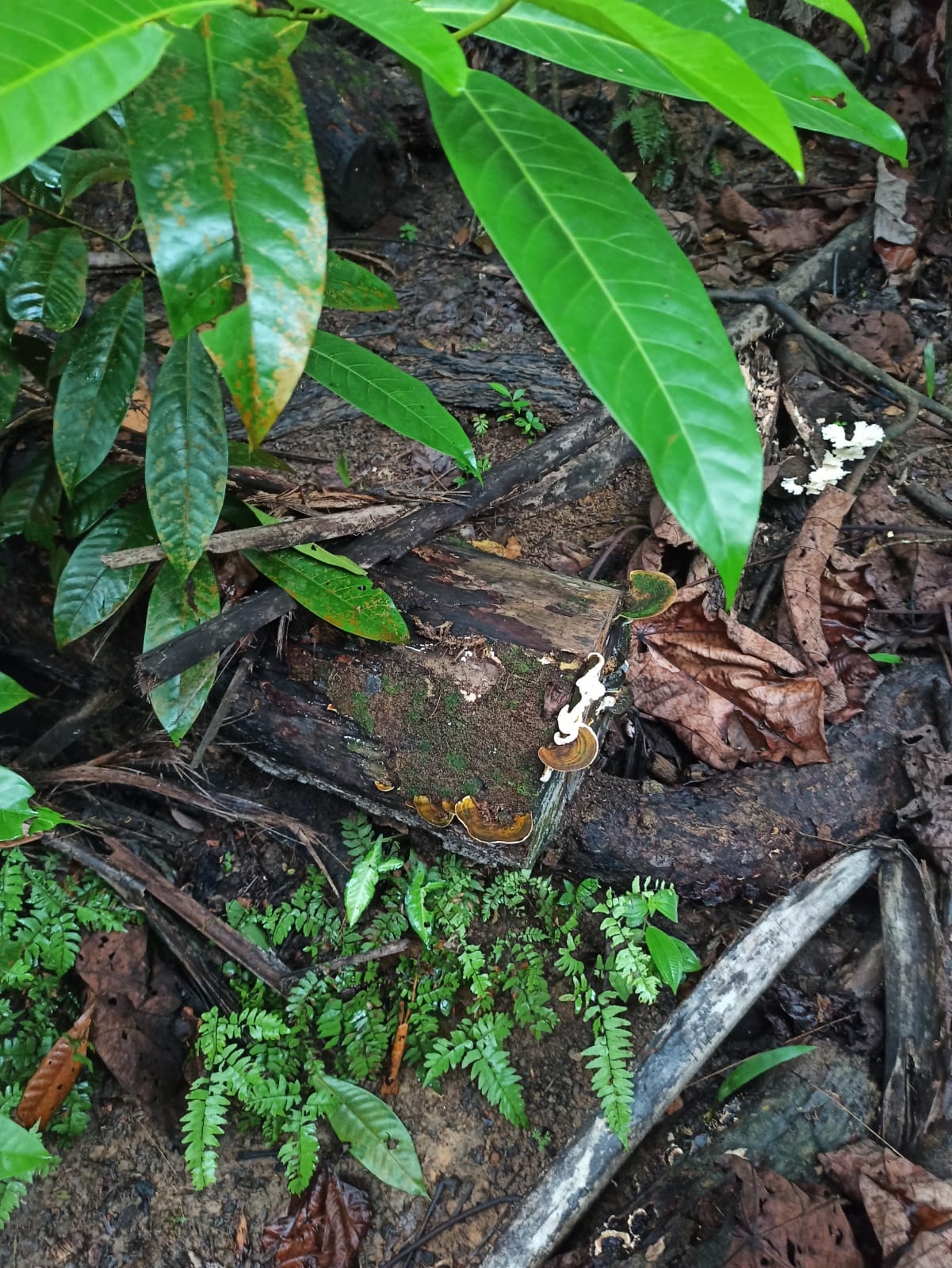
risa
No personal profile
1Follow
0Followers
0Topic
0Badge
Nicely done
Sorry, the original content has been removed
Wow
Sorry, the original content has been removed
Alright
Sorry, the original content has been removed
Nice
Sorry, the original content has been removed
Great
Sorry, the original content has been removed
It is easy to navigate in Tigers
Go to Tiger App to see more news